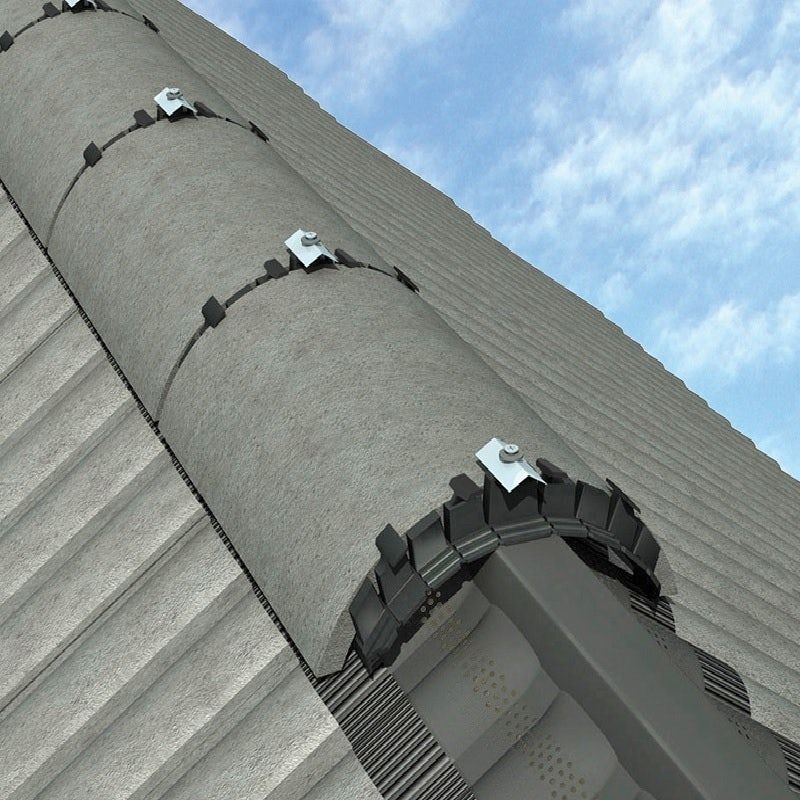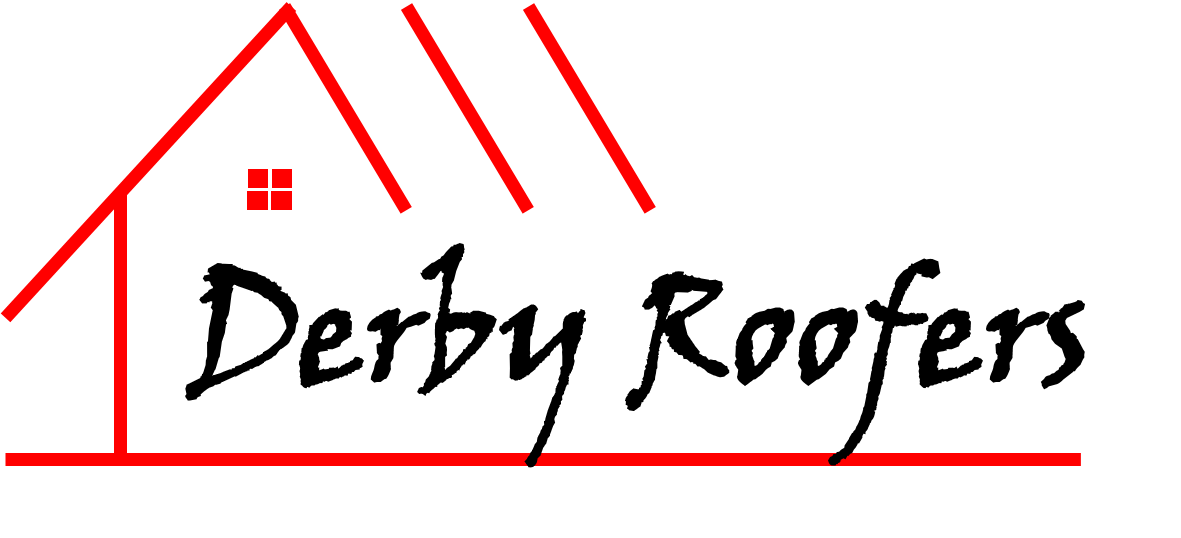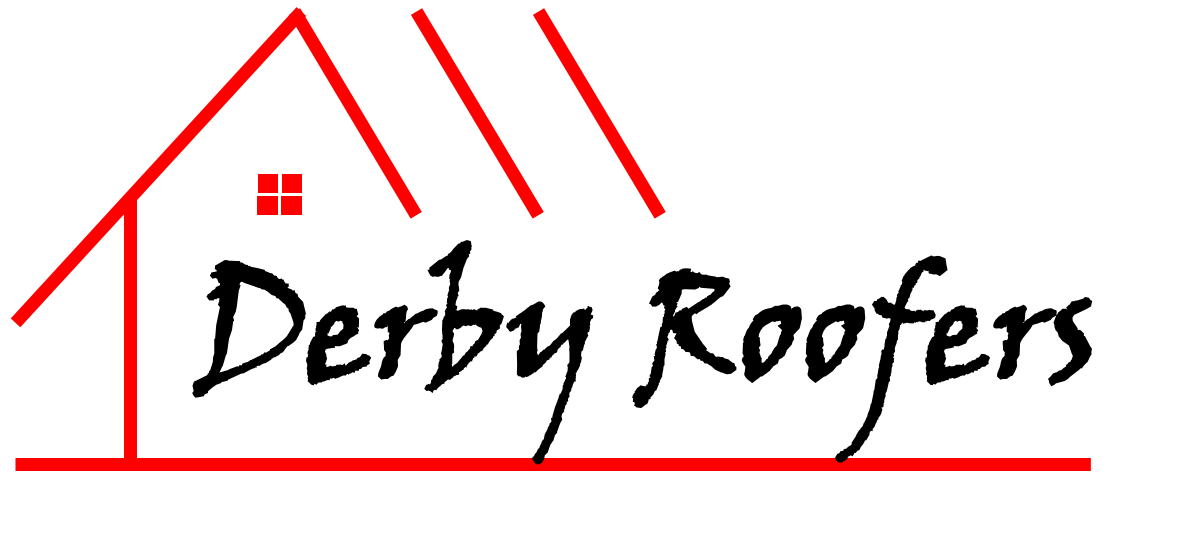Roof Design
Use Latest Technology To Save Cost and Improve Roofing Lifespan
Roof design is a procedure for the development of roofs, which are the covering structures in your house. It is typically designed to slope and drain water off the roof.
The design of a roof depends on the local climate and building context, as well as aesthetic considerations.
Roof Design involves identifying the specific requirements for each project, including the function and purpose of the roof, as well as practical constraints such as budget and construction time. This may involve working with architects or other designers to create a suitable design that fits all these factors.
Once a design has been created, contractors can begin to implement it by cutting materials to fit the desired size and shape. The materials used in roofing will depend on the style of your home, regional weather conditions, cost, and personal preference. Some common types of roofing materials include wood shingles, asphalt shingles, metal panels, concrete tiles, and slate.
Once the roofing materials are in place, the final step is to install any necessary ventilation or drainage systems

Providing Protection Against Rain, Snow, Sunlight, Extremes Of Temperature, And Wind.
A roof is the uppermost part of a building that protects the structure and its contents from the elements. The word “roof” originates from the Old English rofa, meaning “roof-tree,” which describes the frame of a house.
A roof provides protection against rain, snow, sunlight, extremes of temperature, and wind. A well-designed roof will also add to the aesthetics of a building and can increase its resale value.
In most cases, roofs are sloped to shed water and snow, while in some other cases, roofs are designed to properly handle rain or snow, and other forms of precipitation without leaking or collapsing.
A well-designed roof will protect your home from the elements for many years to come.
The Design Elements
A roof is one of the most important parts of a house. It protects the structure and its contents from the elements, helps to regulate temperature and ventilation, and adds to the overall aesthetics of the building. When designing or repairing a roof, there are several key elements to consider in order to ensure that it functions properly and looks its best.
The first element is the type of material that will be used for the roof. There are many different options available, each with its own advantages and disadvantages. The most common materials used for roofs are asphalt shingles, wood shakes, metal panels, and slate tiles. Asphalt shingles are inexpensive and easy to install, but they have a shorter lifespan than other options and are not as durable in extreme weather conditions. Wood shakes are more expensive than asphalt shingles, but they are also more attractive and longer lasting. Metal panels are very durable and can withstand high winds and heavy rains, but they are also more expensive than other options. Slate tiles are the most expensive option, but they are also the most attractive and longest lasting.
The second element to consider is the shape of the roof. The most common shapes for roofs are gabled, hipped, mansard, shed, and hip-roofed. Gabled roofs have two sloping sides that come to a point at the top, while hipped roofs have four sloping sides that come to a point at the top. Mansard roofs are more sloped on one side than the other, while shed roofs have only one sloping side. Finally, hip-roofed roofs have four sloping sides that all come together at the top of the roof.
Finally, you will need to choose and apply design elements like trimming and gutters to your roof. You can use different colours or materials for these design elements, such as brick or wood boards, making them an important part of your overall design aesthetic. To learn more about choosing the right design elements for your roof , you can contact a professional.
Other Elements In The Design Of A Roof Includes:
The Pitch
The pitch of a roof is its steepness, measured as a ratio of the rise (height) to the run (width). For example, a roof with a rise of 4 feet and a run of 8 feet has a pitch of 1:2. A steeper roof will have a higher pitch, while a shallower roof will have a lower pitch.
The Structural Frame Of The Roof
The structural frame of a roof provides the ability to carry loads and transfer them to supporting elements below. There are many different types of framing systems used in roof construction; each designed for specific performance objectives based on load requirements, soil conditions, building codes and climate. The most common type of framing material is wood because it is light in weight and inexpensive. Steel also carries some advantages in that it does not rust or decay as quickly as wood over time. Aluminium has become more popular over the last century, but it is even more expensive than steel.
The Durability
When designing a roof, durability is an important element to consider. The roof is one of the most exposed parts of a building and is subject to constant wear and tear from the elements of weather. A durable roof will last longer and provide better protection for the structure it covers.
There are several factors that affect the durability of a roof. The material it is made from is one of the most important. Some materials, such as metal, are much more durable than others, such as asphalt shingles. The slope of the roof also affects its durability. A steeper slope will shed water and snow more efficiently, preventing damage from standing water or heavy snow accumulation.
The quality of the installation is also important for durability. If a roof is installed incorrectly, it will not last long and may need to be completely replaced sooner. A well-designed roof can withstand many years of constant wear and tear from the elements of weather.
Ultimately, the most durable roof is one that is tailored specifically to your needs and home. By considering all of these factors in the design and installation process, you can enjoy a durable roof for many years to come.
Roof Form As An Elements In The Design Of A Roof
Roof form is an important element in the design of a roof. The three most common types of roof forms are gabled, hipped and flat. Gabled roofs have two sloping sides that come together at a ridge in the middle of the roof. Hipped roofs have four sloping sides and no ridge. Flat roofs are exactly that flat!
Gabled roofs are the most popular type of roof form because they are strong and easy to build. They are also good at shedding snow and rainwater. However, they can be more expensive than other types of roof because they require more material.
Hipped roofs are less popular than gabled roof forms, but they do have some advantages. They are more resistant to high winds than gabled roofs and can be more cost effective in some situations. However, building hipped roofs is more complex than building gabled roofs, which means they require more skill to construct.
Flat roofs also have their pros and cons. On the one hand, flat roofs are simple to build and generally cheaper overall. However, they are not as strong as other types of roof form due to their lack of sloping sides and ridge, so they may not be suitable for areas that experience harsh weather conditions or high winds.
In summary, there are many factors to consider when choosing a roof form for your home or commercial building. Ultimately, the best way to choose a roof form is to consider what would work best for your particular application, taking into account factors such as cost, aesthetics, and structural strength.
Roofing Contractor Near Me - Our Roofing Capabilities
Roof Parts
Roof parts like the roof frame, the rafters and the truss are essential elements of a roof. They work together to create a sturdy foundation for your shingles or tiles. While there are many long lasting materials that can be used for a roof, you have to make sure that it’s not only durable but also able to support all areas of your house.
One of the most important yet overlooked parts of any roof is its frame. The frame needs to be strong enough to hold up other parts while supporting large weight on top. It also has to add stability and prevent your building from swaying during high winds.
The rafters are important components as well. They help support the roof’s weight while also holding up insulation and other rooftop features. It is crucial that you have a sturdy rafter system if you want your roof to last for many years.
Finally, there is the truss, which provides the strongest foundation for your shingles or tiles. The truss serves as both a structural support and a decorative feature, making it one of the most essential parts of any roof design.
If you want to ensure that your roof lasts for many years to come, make sure that all of these key elements work together in harmony. This will not only make your home more structurally sound but also increase its curb appeal and value.
The Roof Function
There are many factors to consider when designing a roof, including the climate, the building's style and materials, and the budget. The type of roof you choose will also affect the overall look and feel of your home.
When choosing a roof design, it's important to keep in mind both the functionality and aesthetic concerns. The right roof can add beauty and value to your home while also protecting it from weather elements. But with so many options to choose from, how do you know which roof is right for you?
Here are a few things to also consider when choosing a roof design:
The climate: Different climates call for different types of roofs. In areas with high winds, for example, a gabled roof may be a better option than a hip roof. And in regions that experience a lot of snowfall, a steeper pitched roof will help prevent the build-up of heavy snow and ice.
The style of your home: The roof you choose should complement the overall style of your home. A traditional home, for instance, might look best with a gabled or mansard roof, while a contemporary home might look best with a flat roof or another modern design.
Materials: Roofing material can greatly impact both the appearance and performance of your roof. Some materials, such as metal, are known for their durability and longevity, while others, such as asphalt shingles, may need to be replaced more often. Talk to a contractor about what different materials will cost before deciding on which one is right for you.
Contact Your Local Roofer In Derby - Very Competitive Offer
If you would like our Derby Roofers to prepare a free quotation for a dry ridge system Installation at your home or business, then give us a call.


